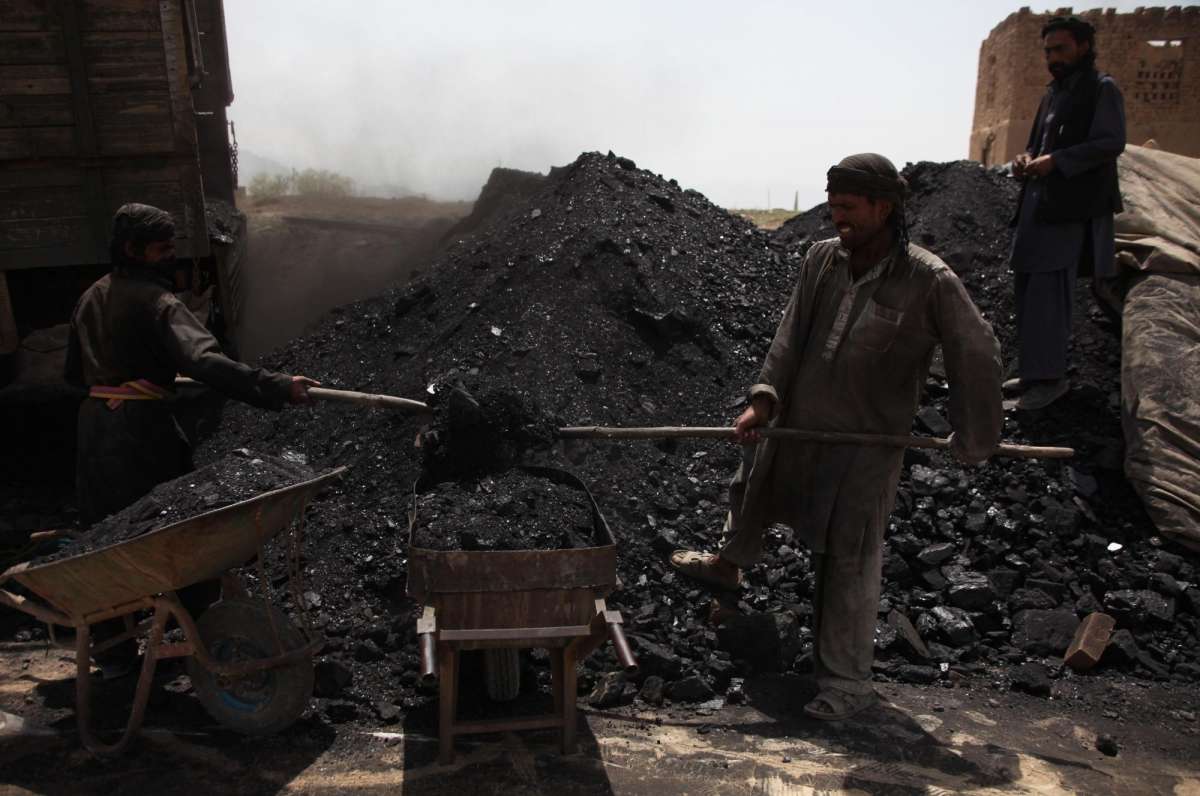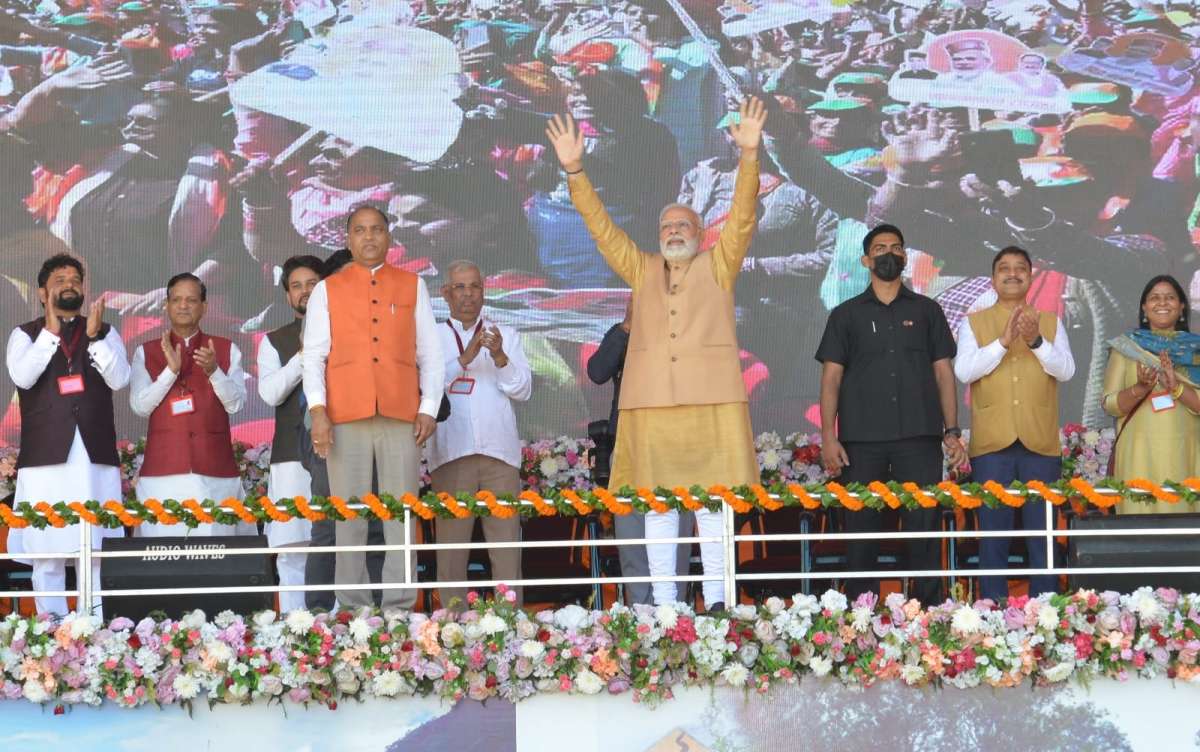India’s 427 mtpa of planned new coal mine capacity place it second in the world after China with 596 mtpa…reports Asian Lite News
A temporary coal shortage has emboldened the Indian government to press ahead with plans to develop 99 new coal projects with production of 427 million tonnes per year (mtpa), a briefing by Global Energy Monitor (GEM) said on Thursday.
Land for new coal projects continues to be auctioned despite the government’s pledge to achieve net zero emissions by 2070 and despite the fact that 36 per cent of capacity at operating mines goes unused.
Key findings include underutilized capacity at India’s existing mines (433 mtpa) is actually greater than projected capacity from India’s 99 new coal projects (427 mtpa), demonstrating that these new projects are unneeded.
India’s 427 mtpa of planned new coal mine capacity place it second in the world after China with 596 mtpa.
In some major mining regions, like Jharkhand and Odisha, the industry has over 100 million tonnes in unused capacity at active mine sites, amounting to over 40 per cent of unused mine capacity in those states.
GEM says new mines would not open fast enough to meet coal demand in the short-term, and would be hampered by the same problems as existing mines, such as low labour productivity, competition from renewables, land acquisition issues, and infrastructure constraints.
The 99 new coal projects threaten to displace at least 165 villages and affect 87,630 families, of which 41,508 families live in scheduled areas of India, which have a predominant population of tribal communities.
Water shortages would be exacerbated by the new coal projects, increasing demand by 168,041 kiloliters per day. Of 427 mtpa in new capacity, 159 mtpa (37 per cent) will be located in high risk water zones, while 230 mtpa (54 per cent) is planned for extremely high water risk zones.
“The signs warning against the massive expansion of coal mining are easy to see, but the Indian government is not heeding them,” said Ryan Driskell Tate, Project Manager for GEM’s Global Coal Mine Tracker.
“New mines can’t make the industry’s old problems go away. The irony of this expansion is that opening new mines today could intensify the sector’s weaknesses and inefficiencies tomorrow, especially as competition from renewables and conflicts over land use continue to emerge.”
ALSO READ-World sets eyes on Afghanistan’s vast mineral wealth













